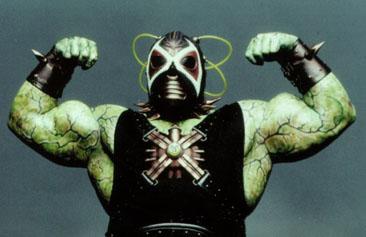
Chess Steroids: A Report on My USCF Rating Improvement
The start of every month at the Boylston Chess Club is marked with Quads. I have had some poor outings in Quads in the past. They are hotly contested, and it seems they make clear the relative difference in strengths between players in the 1600’s-1700’s compared to the 1800’s. For a few months, I’d float upward a little, then get knocked back downward by 1800’s. When I did have some success in a Quad, basically breaking even, then some underrated youth player would come along and ice me or draw. This weekend’s Quad was a big deal for a few reasons. This month’s Quad comes on the heels of the previous month’s, in which I showed further consistency, though the games were fraught with a lack of decisiveness on my part –two of the draws I had were wins, but I was a little too relieve to have staged a comeback to realize that I wasn’t merely equal, but winning! This weekend’s Quad was critically important, because the field, despite being significantly lower rated than I am, was actually +3 =0 -0 against me in previous outings. Anything less than a perfect result would mean that my run would be over. My run is not over.
The critical game was against the lowest rated player in my Quad, and his rating was all the more reason for nerves, which I did a good job controlling. Retired Professor, Bob Oresick, has nearly eclipsed 1700 in the past year, but playing against the Scholastic players forces his rating to tank periodically. His statistics from the past 12 months tell the tale: his score of over 30% against players 1800-2099 say something about his strength. Seeing him across the board, and being +0 =0 -2 against him, all time, was reason to be concerned –and nothing more really need be said about the fact that his current rating was 1445 for this Quad. Before I get to the game, here’s what I deemed the critical position in the game (and I was correct). I spent almost 30 minutes on this position, ultimately calculating 7 moves deep accurately and correctly evaluating the position after my 8th follow-up move. See if you can find what I was looking for and why it was
important. Black (me) to move.

The full game is below. Usually, Bob is a difficult player because of how he’s conservative in normal positions, very positional and strategic when he doesn’t have anything to do, and extremely aggressive as soon as he can be. This makes for a tough combo, stylistically against me. There’s also a je ne sais quoi to how he plays, which gives me a hard time. Here’s the game.
I’m shifting to the Grünfeld and KID, so this is probably the last of my strange Dutch games. Though very cool, I won’t put up my other games. They were quick tactical flurries, in which I netted one’s Q in 8 moves and grabbed a pawn in 12 moves.
Heading into the Midewest Open Chess Team Festival (MOTCF), I’m sitting at 1867, and comfortably in position to hit 1900 with even a halfway decent performance. Right before this big upswing in rating, I projected the almost-unfathomable, that I would cross 2000 in about the third week of November 2017. Now that I sit, basically, 100 points higher than that projection, I don’t know what to expect. If I have the performance I had at the Philadelphia Open, it would mean jumping up to 1930. If I have a better performance, which is quite possible, maybe even to be expected, then I could close quickly on 2000, nearing or surpassing it. We’ll see. My hopes aren’t up. I’m just going to stay on the grind.
So how much of what am I on? Everything. See the real-life picture of my skull having PEDs administered below. Seriously. No, seriously.

